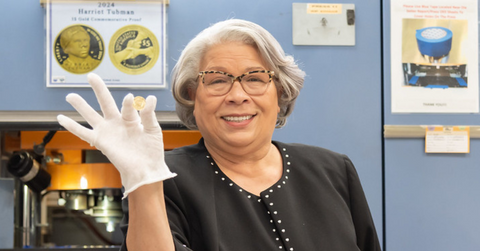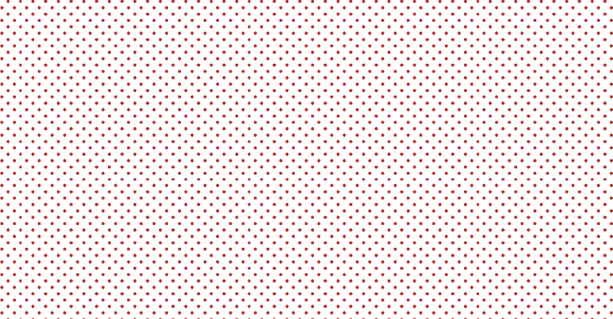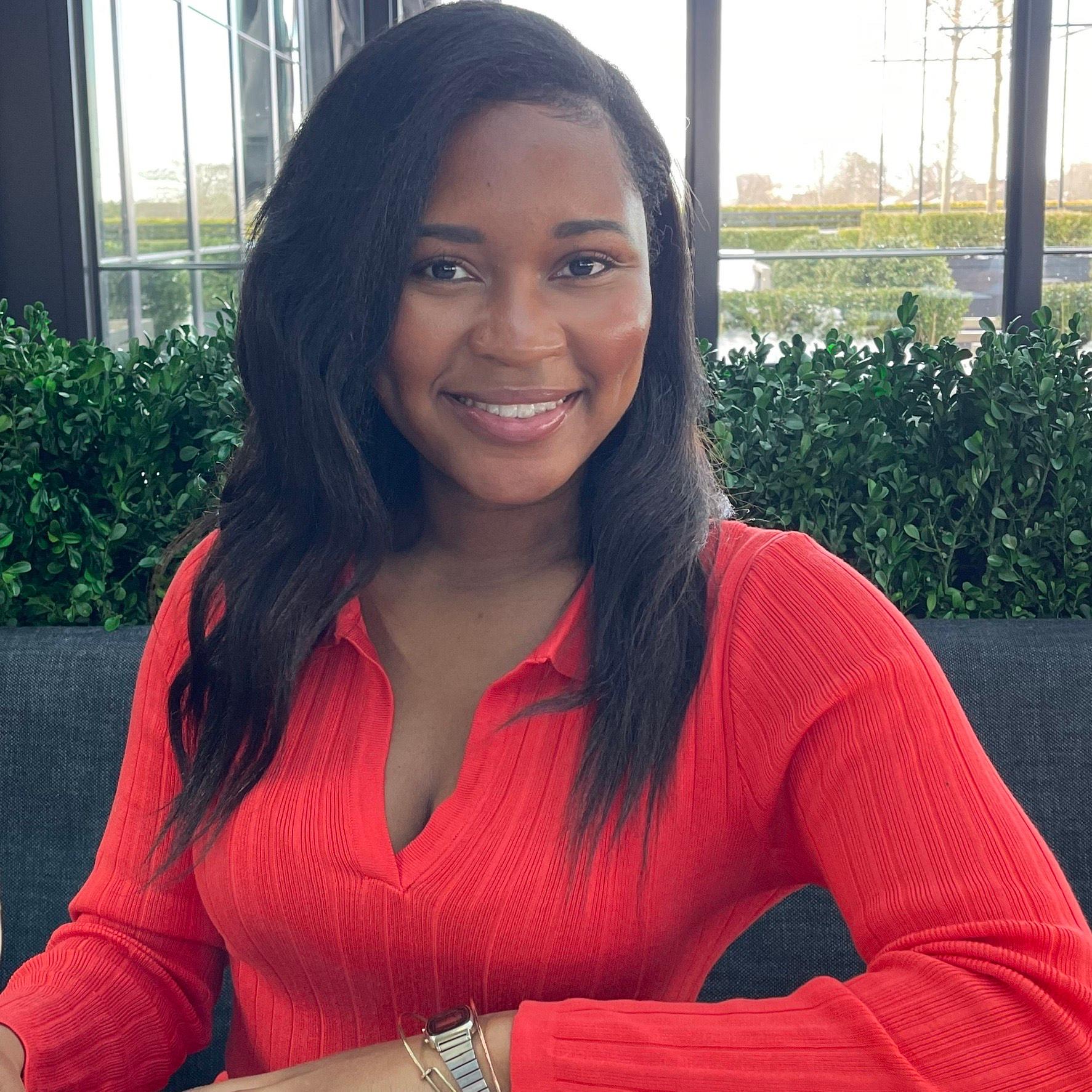Ventris C. Gibson is the U.S. Mint’s first Black Director, who is passionately leading the Harriet Tubman Commemorative Coin program to honor Ms. Tubman’s life and legacy through gold, silver, and half-dollar coins. Director Gibson’s life has been purposed with numerous firsts. Before becoming the first Black Director of the U.S. Mint, she dedicated 52 years of her life to public service and helping others in roles she’s had. She’s the first and only daughter out of six kids and the first out of her siblings to go to the U.S. Navy. While working in the U.S. Department of Veterans Affairs (VA) she was the highest-ranking woman Veteran, and most recently, she served as a Director at the District of Columbia Department of Human Resources for Washington D.C.’s Mayor, Muriel Bowser.
Now as she embraces her role and greater purpose as the Director of the U.S. Mint, one question she continues to ask herself is, ‘How are we connecting America through coins?’ Continue reading to learn more about how Director Gibson is doing this through the Harriet Tubman Commemorative Coin program, why we should continue to share Harriet Tubman’s story, and how you can invest in a coin.
Her Agenda: I’d read about your excellent career journey, but I’d love to hear it from you!
Ventris C. Gibson: I was born in very rural Nelson County, Virginia. Then very early in my life, at the grade school level, my parents moved to Washington, D.C., and that is where I largely grew up and graduated from school. My parents had six children and the older three of us all went into the military. My two brothers went into the army, and I chose the Navy because I loved their tagline, ‘Join the Navy and see the world.’ I was an Air Traffic Controller. I wanted to be a journalist, but there was a waiting list for that occupation in the Navy, and they believed that an Air Traffic Controller was the equivalent. Following the Navy, I wanted to work for the Federal Aviation Administration (FAA), but there was a freeze on federal employment at the time, and one of the exceptions was the Department of Veterans Affairs. I walked in to learn more about my veteran benefits, and they offered me a job! I worked there for 23 years and rose to the executive level. At the time I was there, I was the highest ranking woman veteran in the department, and then I received an offer from the FAA to work as the executive over human capital for the entire agency.
I worked at the FAA for close to nine years, retired from the federal government, and then retired for almost a year. I did some private sector consulting, and then I received offers from different federal agencies expressing they needed my help. Ultimately, I ended up with the Health and Human Services Department, and then Mayor Bowser from Washington, D.C., was elected mayor and asked if I’d like to run human capital for the city. I stayed with her for six years, and then I got a call from the White House for this job. When I look back at my honorable discharge from the Navy, I have been working from the date I went into the Navy to now close to 52 years.
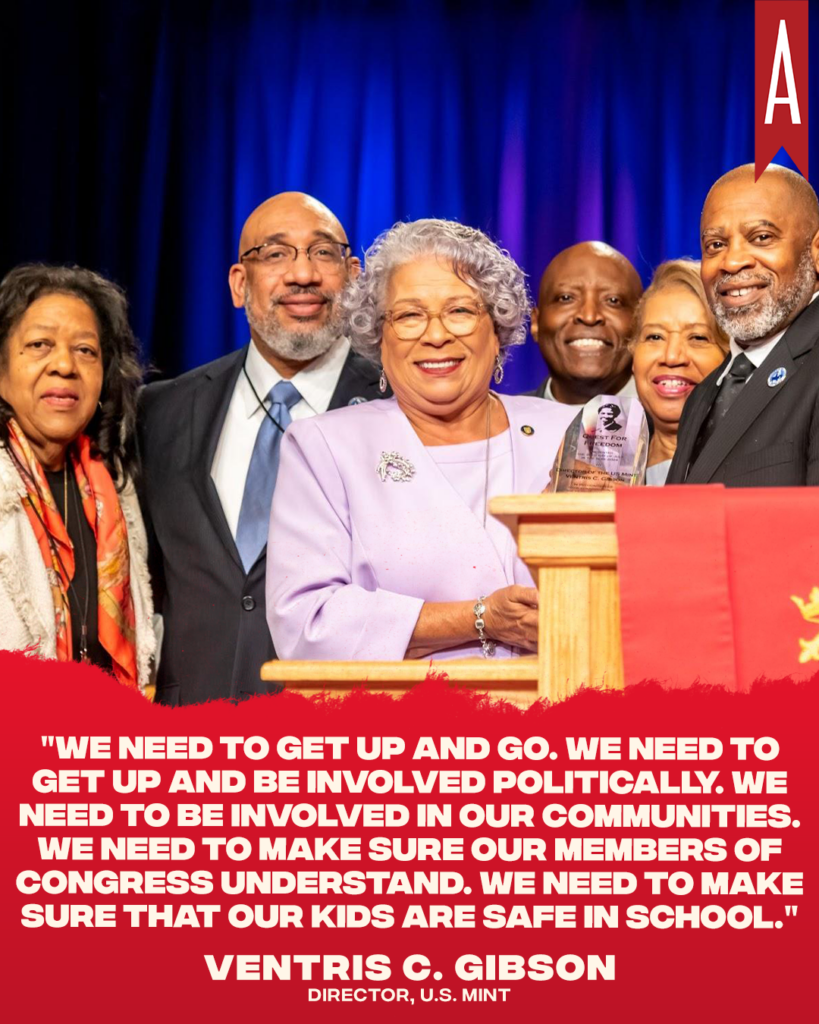
Her Agenda: So, Director Gibson, you are the first African American to lead the U.S. Mint. What does that mean to you?
Ventris C. Gibson: Ohmy, what an honor! I really believe that all things are purposed. I had five brothers and no sisters. I also went into a largely male occupation, Air Traffic Control. This particular position really speaks volumes to me and my life’s work of being in leadership and taking care of people. When I think about the U.S. Mint – its historical presence since 1792, the fact that we are codified in the U.S. Constitution, we make money for the economy, and we contribute through 1,700 employees in six different locations nationwide. When you talk about making pennies, nickels, dimes, quarters, and then commemorative programs like Harriet Tubman’s, it really warms your heart to see the passion that the workforce brings to making coins of all kinds. Most recently, The U.S. Mint won Coin of the Year! There were 4,000 coin competitors and 110 to 135 international judges. And we, the United States Mint, won not only the Coin of the Year but also the Gold Coin of the Year. We are just so thankful and recognize that it takes a lot of coordination and a lot of hard work. International recognition means a lot to us.
Her Agenda: What intrigued you about working in the U.S. Mint?
Ventris C. Gibson: Most of the roles I’ve held in my career were in human capital or human resources. I saw working in the U.S. Mint as an opportunity to do something different. You know how you want to spread your wings and leap something that you’ve always had a desire to do? That’s what this role is for me. While I wasn’t an avid coin collector, it was my chance to further give back because I love public service too. I thought, well, at my age, this is like the greatest thing that I could top my career with, and working for the President of the United States and the Secretary of the Treasury, then being the first Black director – I knew that I had to come in, work hard and make a difference.
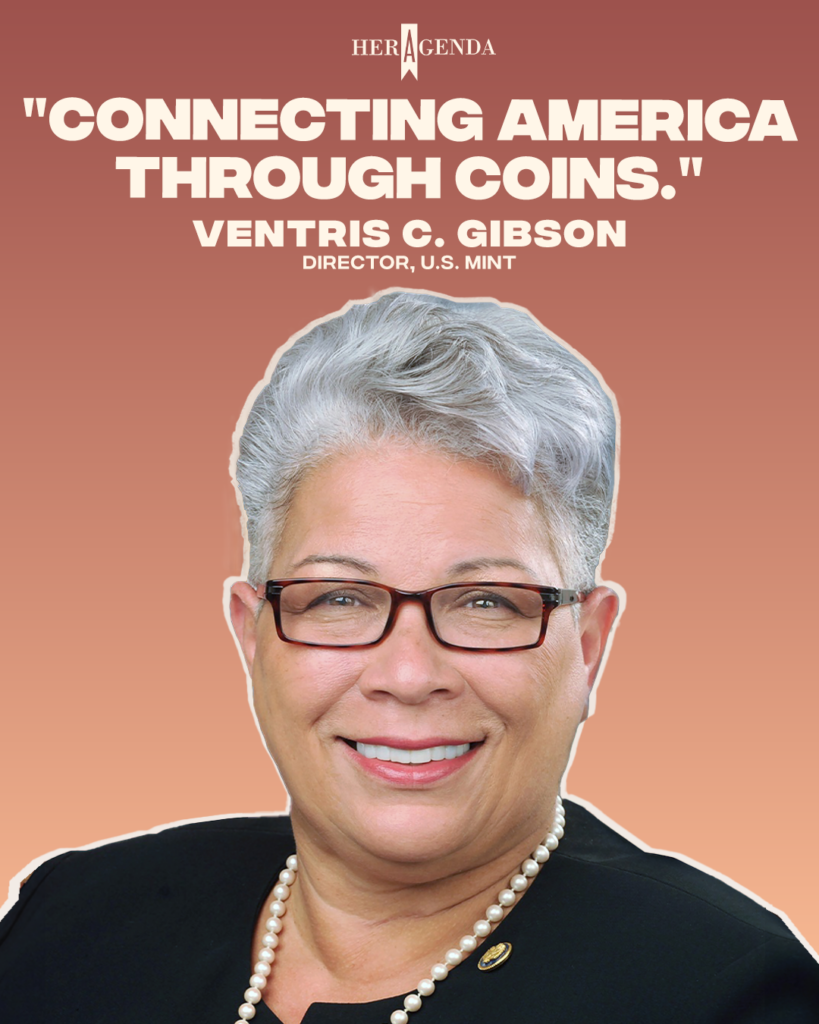
Her Agenda: I love that you took on something different. Have you been faced with any challenges since being in this role?
Ventris C. Gibson: Oh, sure. I had to learn manufacturing. I’ve had to stamp gold coins. I’ve actually worked the presses for making quarters, working with and listening to engineers so when someone says that an annealing furnace needs to be retrofitted, I now understand what that means. So it’s been really a joy to learn some technical things. Also, we receive no federal funding from the government. We have to earn our keep, and that’s through the sales and marketing of our coins and other precious metals.
Her Agenda: I’d love to hear more about the Harriet Tubman commemorative coin program and why her.
Ventris C. Gibson: When I think about her lifelong accomplishments, I always say this, just imagine the 13 times that she’s led our ancestors to freedom and didn’t lose anyone. No one died, and no one was left behind. She walked those times from Maryland and Delaware. I can’t imagine that, and when you look at the totality of her life, it’s so important to us because we have to ensure that future generations know about her, her culture, her history, and that Black history is American History.
Harriet Tubman did what she did and sacrificed for us even in the midst of having suffered with seizures, headaches, and blackouts because another slave owner hit her in the head with a heavy weight. After she stopped freeing slaves, she then worked for the Army. She planned and led a successful expedition to free nearly 750 slaves at the Combahee in South Carolina with 150 Black soldiers. You may have never heard of this, but songs like Swing Low Sweet Chariot and Steal Away were code songs to slaves to get ready to go on their expedition to freedom. Then she became a nurse, and a spy, and participated in the Suffrage Movement. So after freeing slaves, she worked for 54 years. She always said she would not have ever been successful if it wasn’t for her faith in God and her zealous passion for the love of God.
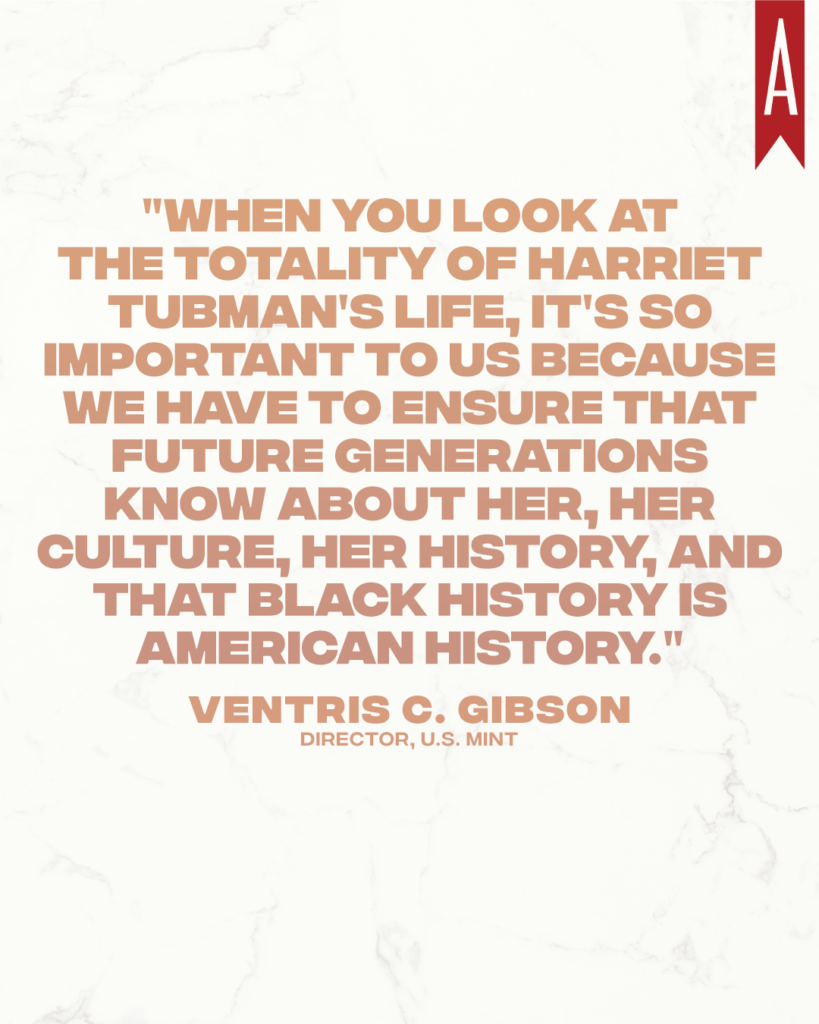
Her Agenda: In the times we’re in, cash and coins becoming a thing of the past why should anyone consider investing in the Harriet Tubman coin?
Ventris C. Gibson: When I first purchased the Harriet Tubman gold coin, it was priced at $700. Now it’s almost worth $1,000 so it appreciates! If you start looking at coins and you want to become a coin collector, there are many coins out there that have dollar values that far exceed their face value. There are pennies from many years ago that you know, it’s worth one cent, obviously, but it could be thousands of dollars. I always encourage people not to walk past a penny. Don’t leave it in the couch or throw it in a jar or just throw it away. Really examine the coin to see if it may be worth something. Also, everybody doesn’t understand the stock market. Start with collecting a few gold and silver coins as an investment. The unfortunate aspect of this program, and most commemorative coin programs, is that they have a sunset, and Harriet Tubman coins can no longer be made or sold after December 31, 2024. So we’re just really excited about these programs, and we don’t give her program any more than we do any other commemorative coin program. However, for her and the African American community, the push had to be a little more than what historically we’ve done.
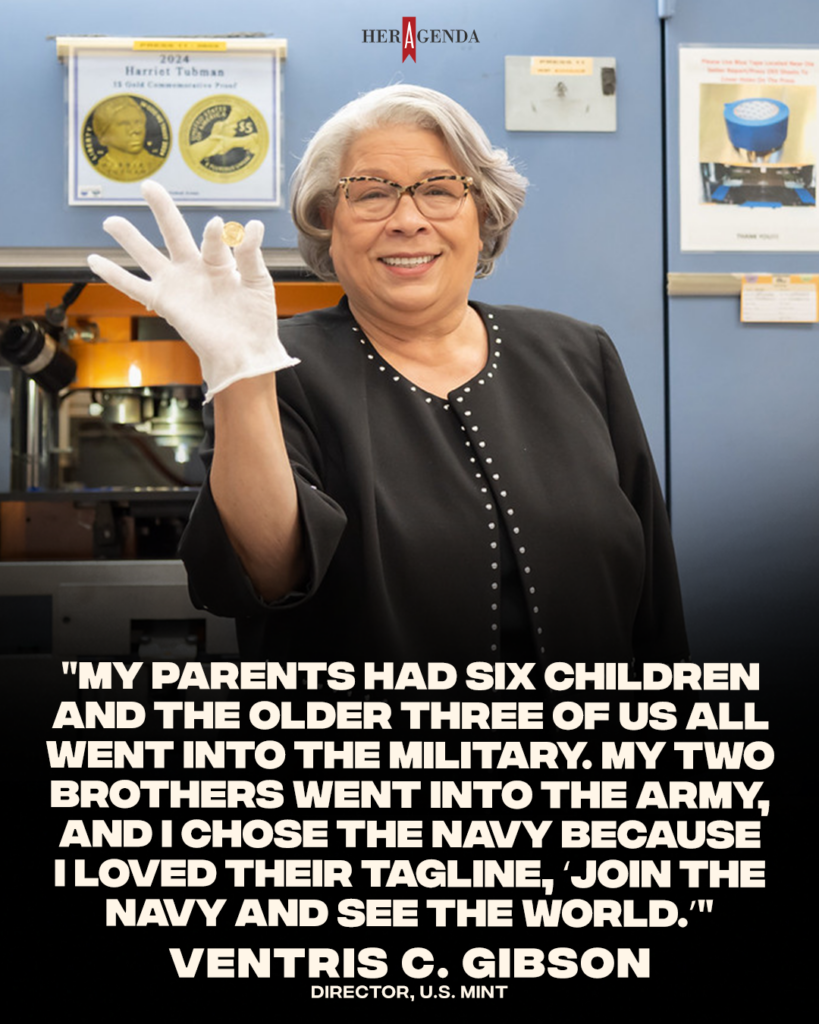
Her Agenda: I can imagine why, but I’d love to hear from you why the push needed to be a little bit more.
Ventris C. Gibson: I believe that a couple of times where we’ve spoken about Harriet Tubman, the youth have come to us and said we heard about her but didn’t know a lot about her and the sacrifices she made. So the connection, from a historical perspective, was not there. One of the things that I try to push when speaking with our youth is, number one, this is someone who looks like us on an American coin. Two, the recognition is finally there for us. Three, we are here today because of sacrifices like Harriet Tubman and many others. Harriet Tubman had this spirit of get up and go, get up and do something you can’t lay here and not go. If you want freedom, you’re going to get up right now. In the current environment of things that we face as a community in this nation, we need to make sure that our youth understand that while this happened way back in the 1800s, there are elements of things that are still happening today. We need to get up and go. We need to get up and be involved politically. We need to be involved in our communities. We need to make sure our members of Congress understand. We need to make sure that our kids are safe in school.

[Editor’s note: This interview has been edited for length and clarity.]

